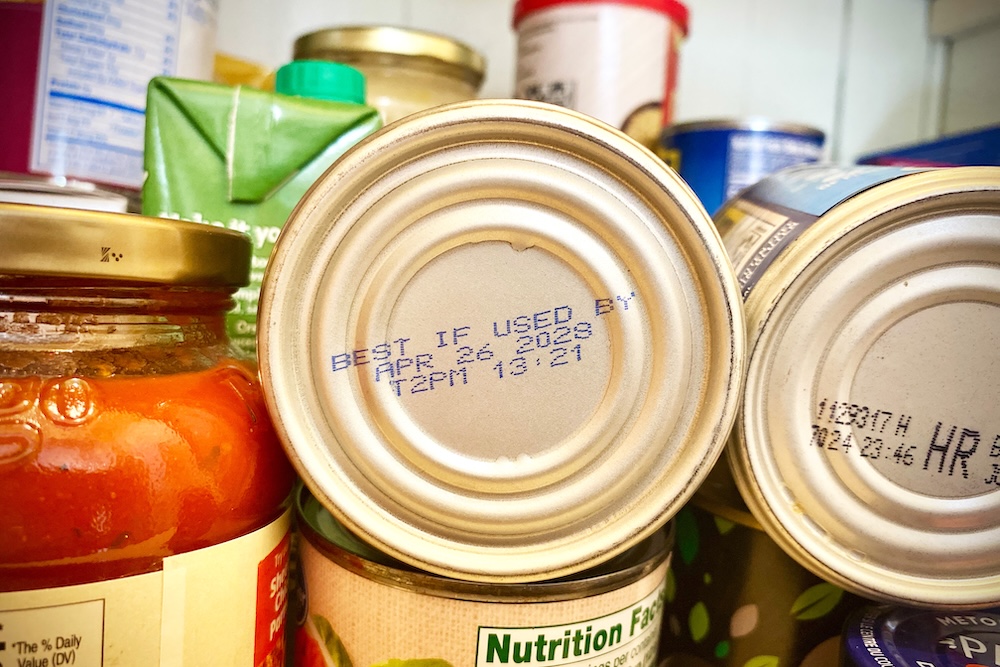While the holidays are often viewed as a time of inevitable weight gain, it’s possible to enjoy some of the same foods while still maintaining a healthy diet.
While many factors can contribute to weight gain during the holidays, Allison Berg, a nutrition and health specialist with University of Georgia Cooperative Extension, notes that many foods associated with the holiday season are nutritious and shouldn’t necessarily be avoided altogether.
For example, un-processed turkey, the star of Thanksgiving diner, is a lean protein when prepared the right way. A 3-ounce slice of roasted turkey breast is about 125 calories, while dark meat turkey has 140 calories and contains more fat.
“Roasting your turkey is healthier than frying your turkey, but either way, you should remove the skin,” Berg said.
Cranberries are another example. As a good source of vitamin C and phytochemicals that boost your immune system, there is no denying the benefits of this fruit, Berg said.
However, instead of buying canned cranberry sauce with added sugars, Berg recommends making your own cranberry relish or sauce using fresh cranberries.
But cranberries aren’t the only super food on the holiday table. Pumpkins, for instance, are a great source of vitamin A.
“You can get plenty of beta-carotene (an antioxidant the body converts to vitamin A) from pumpkin pie,” Berg said. “But you might consider roasting pumpkin like you would other squash in the oven and enjoying it as a side dish or pureed into soup with roasted pumpkin seeds on top.”
In addition to choosing inherently nutritious foods, it’s important to remember other healthy eating habits during the holidays.
Eating off a smaller plate and watching your alcohol intake can help slash a few calories, Berg said. And families can even work in a little exercise into their holiday traditions to help burn off the calories from holiday indulgences.
“Take a walk with the family after dinner (or) throw the football in the yard with both kids and adults,” Berg said. “Not only does exercise help us use a few more of the calories we take in, but if you know you’re going to be moving after the meal instead of slinking toward the couch, you might stop yourself from taking those few last bites that are likely to cause the ‘holiday food coma.’”
Visit extension.uga.edu for more information to help keep the holidays safe, healthy and happy.






